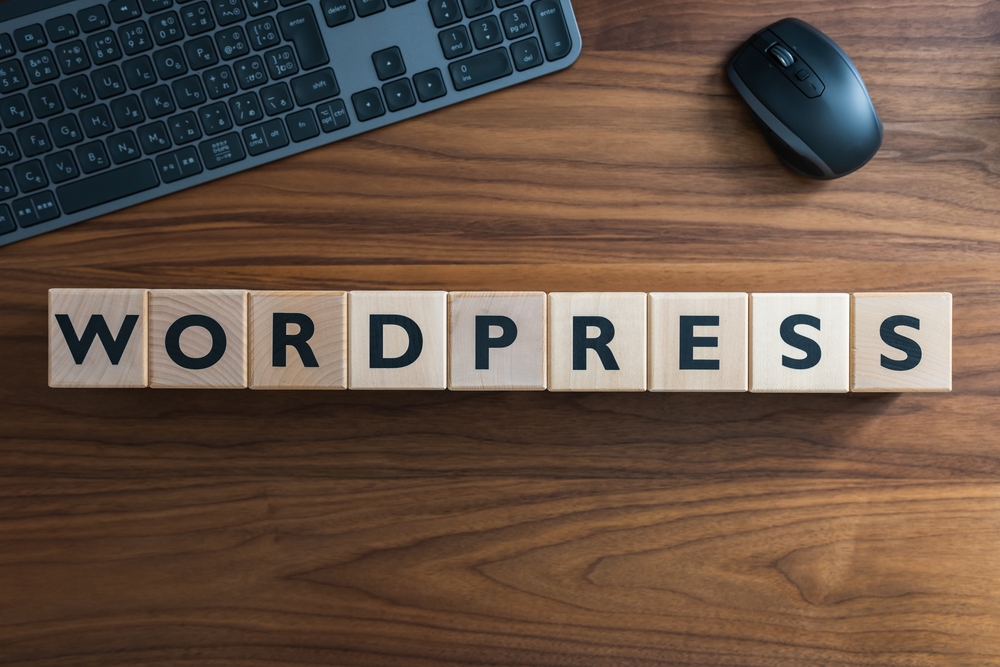
Creating a stunning and functional website is crucial in today's digital age. WordPress, a popular Content Management System (CMS), offers an intuitive platform for website design and management. Whether you are a beginner or an experienced user, this article will guide you through expert tips for customizing and maintaining your WordPress website. From plugins to themes, SEO optimization to security, this comprehensive guide will help you maximize the potential of your website and master the art of WordPress .
1. Choosing the Right Theme
The first step in customizing your WordPress website is selecting the right theme. A theme determines the appearance and functionality of your website, so it's essential to choose one that aligns with your brand and goals. WordPress (or WP) offers an extensive repository of free themes, categorized by industry, style, and features. Alternatively, you can purchase premium themes that provide additional customization options. When selecting a theme, consider factors like responsiveness, page speed, and user reviews. Remember, a visually appealing and user-friendly theme can leave a lasting impression on your visitors.
2. Customizing Your Website's Appearance
Once you've chosen a theme, it's time to customize its appearance. WordPress provides a range of customization options, allowing you to personalize your website to reflect your brand's identity. In the WordPress (the blogging platform) Customizer, you can modify the site title, tagline, colors, fonts, and background. Some themes also offer advanced customization options, such as custom headers, footers, and sidebars. Experiment with different combinations until you achieve the desired look and feel for your website.
3. Harnessing the Power of Plugins
One of the greatest advantages of WordPress is its vast ecosystem of plugins. Plugins are add-ons that enhance the functionality of your website, allowing you to add features like contact forms, social media integration, SEO optimization, and more. To find and install plugins, navigate to the "Plugins" tab in your WordPress (WP) dashboard. Be cautious when selecting plugins, as incompatible or poorly coded ones can negatively impact your website's performance. Install only reputable plugins with regular updates and good user reviews.
4. Optimizing for Search Engines
To ensure your website reaches a wider audience, it's crucial to optimize it for search engines. WordPress (the platform for bloggers) is an SEO-friendly platform, providing several built-in features that can boost your website's visibility. Install an SEO plugin like Yoast SEO or All in One SEO Pack to optimize your content and meta tags effectively. Focus on creating high-quality, original content that incorporates relevant keywords. Additionally, optimize your website's speed, ensure proper URL structure, and use alt tags for images. These practices will help search engines recognize and rank your website higher in search results.
5. Securing Your WordPress Website
Website security is of utmost importance in today's digital landscape. WordPress websites are vulnerable to hacking attempts and malicious attacks. To safeguard your website, follow these essential security measures:
- Regularly update WordPress core, themes, and plugins.- Use strong and unique passwords for all accounts.
- Limit login attempts with plugins like Login LockDown or Two-Factor Authentication.
- Install a reliable security plugin, such as Sucuri or Wordfence, to monitor and block suspicious activity.
- Backup your website regularly using plugins like UpdraftPlus or BackupBuddy.
By implementing these security practices, you can protect your website from potential threats.
Frequently Asked Questions:
Q1. Can I change my WordPress theme after initially setting it up?
A1. Yes, you can change your WordPress theme at any time. However, switching themes may affect the appearance and functionality of your website. It's advisable to take a backup and thoroughly test the new theme before making it live.
Q2. How do I add new pages to my WordPress website?
A2. To add new pages to your WordPress website, log in to your dashboard and navigate to "Pages" > "Add New." Enter a title for your page, add content, and customize the page's appearance using the editor tools and options.
Q3. Can I make changes to my website without affecting the live version?
A3. Yes, WordPress provides a built-in functionality called "Staging" where you can create a copy of your website to test modifications and updates. Once you're satisfied with the changes, you can push them live.
Q4. How can I improve my website's load time?
A4. A website's load time is crucial for user experience and SEO. To improve it, consider compressing and optimizing images, using caching plugins like W3 Total Cache or WP Super Cache, and choosing a reliable hosting provider with fast servers.
Q5. What should I do if I encounter an error or issue on my WordPress website?
A5. If you encounter an error or issue on your WordPress website, first identify the problem by checking your website's error logs or reaching out to support forums. Many common issues have known solutions documented by the WordPress community.
In conclusion, mastering WordPress requires a combination of customization, optimization, and maintenance. By choosing the right theme, customizing your website's appearance, harnessing powerful plugins, optimizing for search engines, and securing your website, you can create a functional and visually appealing website tailored to your needs. With WordPress's flexible and user-friendly platform, the possibilities for customization and growth are endless.
Remember, practice makes perfect. Continuously explore new features, experiment with different techniques, and stay updated with the latest WordPress trends to maintain a cutting-edge website that stands out in the digital realm.
Other useful resources
- https://www.wordpress24plus.com/wordpress-tools-directory/wordpress-plugins/
- https://www.wordpress24plus.com/wordpress-tools-directory/
- https://www.wordpress24plus.com/services/wordpress-developer/